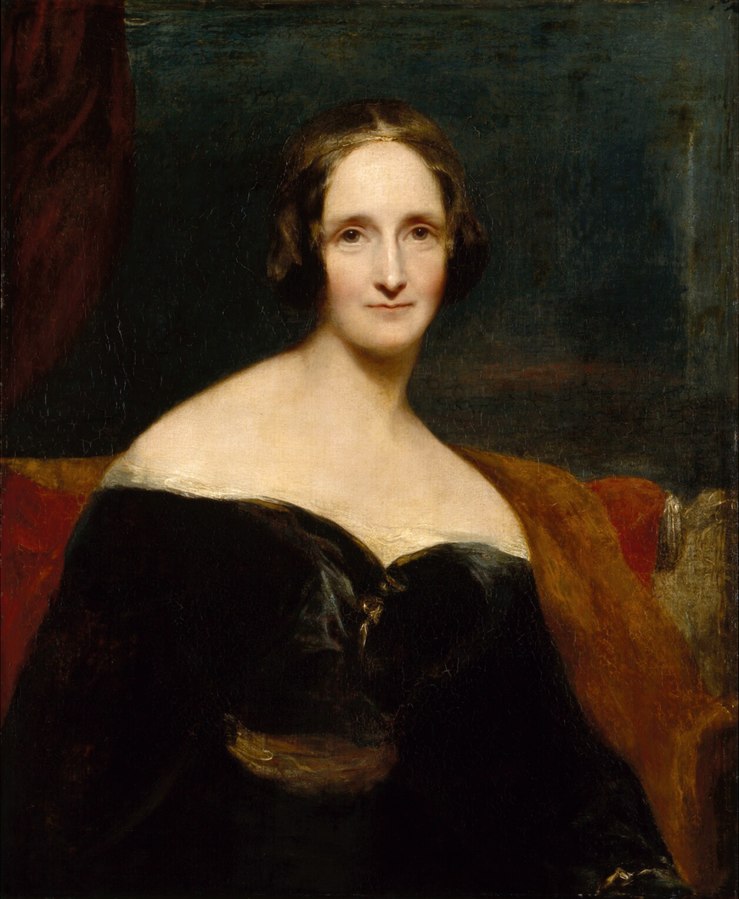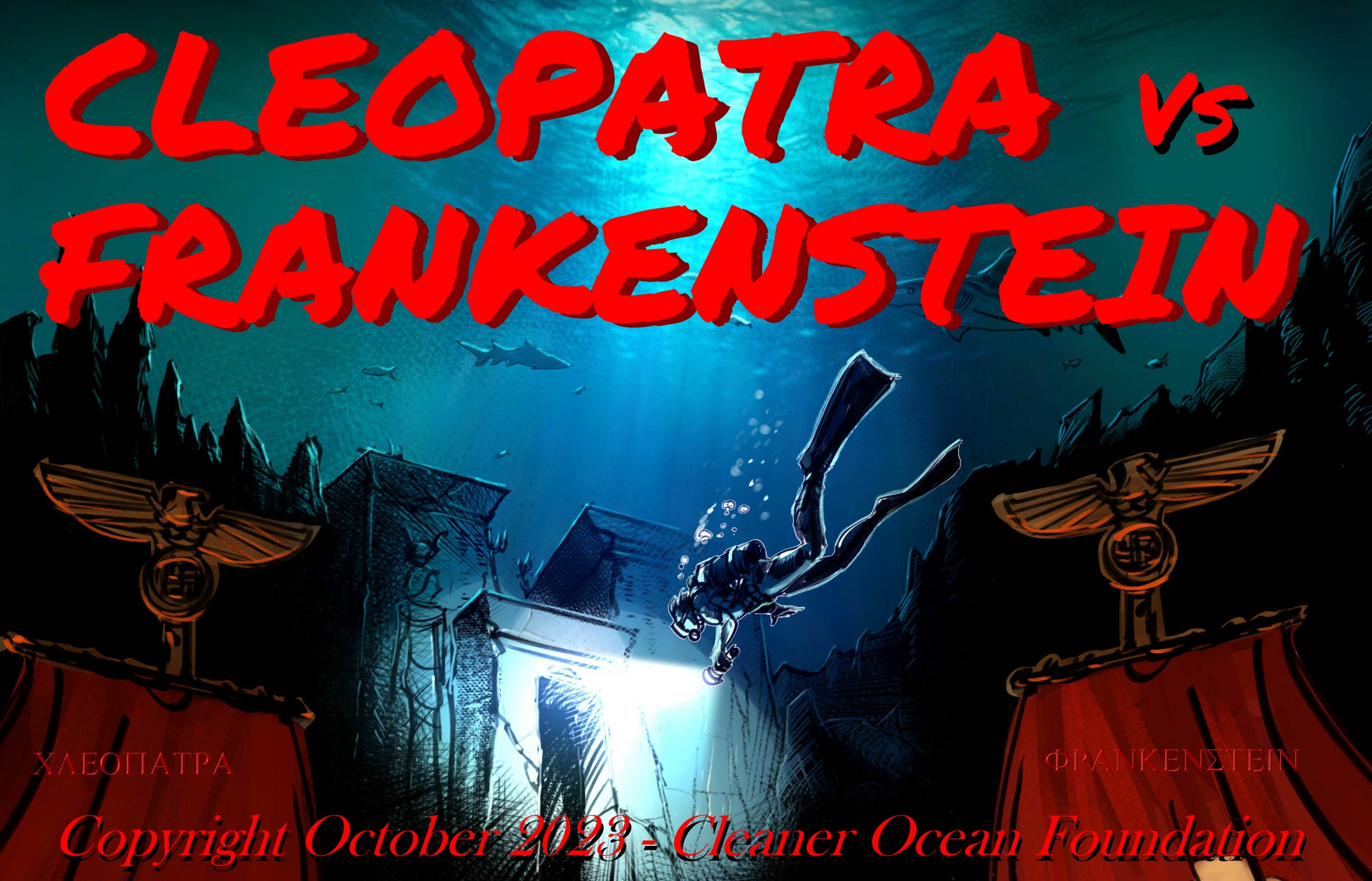|
MARY SHELLEY
|
||||
|
What a trooper Mrs Shelley was. But the book is a difficult read. Hollywood went on to perfect Frankenstein for her. Making it very entertaining. But, she coined the name and invented the monster.
On this site you can read about some of your favourite writers, and the authors who have inspired interest to help writers to develop their art. Please let us know about your site, if it will help others to develop their skills or collaborate with other writers.
ABOUT MARY
Mary Wollstonecraft Shelley (née Godwin; 30 August 1797 – 1 February 1851) was an English novelist who is best known for writing the Gothic novel Frankenstein; or, The Modern Prometheus (1818), which is considered an early example of science fiction. She also edited and promoted the works of her husband, the Romantic poet and philosopher Percy Bysshe Shelley. Her father was the political philosopher William Godwin and her mother was the philosopher and women's rights advocate Mary Wollstonecraft.
AUTHORSHIP OF FRANKENSTEIN
HER RETURN TO ENGLAND AND A WRITING CAREER
3RD
DRAFT - SAMPLE: THE PERFECT PLOT (SHORT STORY) SCENE
1. Cleopatra's
tomb lay lost for centuries. Then one day a shift in the
tectonic plates triggered a tremor off the coast of Alexandria,
causing alarm in Paris. (Flashback: The destruction of
Thonis & Alexandria by a tsunami,
sinking the great civilization and port in 365 AD.) SCENE
2. As
an agent of Blue
Shield, John
Storm, surveys Egypt's coast off Alexandria, finds
Cleopatra's tomb, verified using the Ark and Hal,
keeping location a secret, pending salvage and Blue
Shield site protections. SCENE
3. John
reads a letter from Cleopatra to Mark
Antony from Cleopatra’s
mausoleum, 30 BC, the combined suicide of Marcus
Antonius and Cleopatra,
a death wish love pact. SCENE
4. William
Bates auctions his CyberCore
Genetica nano-super computer. Secretly purchased by the
wealthy Professor Krafenstein, via an anonymous sealed
bid. This acquisition helps Victor secure loyal
collaborators. SCENE
5. A
team of European scientists, including Franco
Francisco, are gathered together and funded by the
wealthy Baron as cloning technology champions,
regardless of potential illegality or ethical
consideration. Though, Replication and gene
manipulations treatments are held to be legal by the
cohort. SCENE
6. As
part of their human enhancement regime, ingredients of
the CRISPR virus,
a bacterial DNA Cas9 enzyme delivery system, that allows
precisely targeted DNA enhancement in adult subjects, is
developed as cousin technology. Made possible by the
CyberCore computer. The team realise that this could
form the basis of a cure
for cancer. SCENE
7. Charley
Temple alerts
John Storm to the consequences of the joining of dots of
the technology that Professor Krafenstein and his
partners are working on. She is being fed information
from, and nurturing contacts at the ETH university in
Zurich. With Sam Hollis being in contact with Colonial
athletes in attendance. Some of which have given blood
samples, in connection with the Baron's research. SCENE
8. John
is courted by Jack
Mason, purporting to represent the USA, asking for
his help in their investigations into cyber crime, and
technology that might one day pose a threat to
international stability. SCENE
9. Storm
is asked by Professor
Krafenstein to relinquish a small
Cleopatra tissue sample. The carrot is that their cohort
will share their DNA archive, to add to John's
collection. SCENE
10. John
relents, persuaded by Blue Shield. The knowledge
transfer (swapsie) proves to be irresistible to John. SCENE
11. Having
taken delivery of a sample of Cleopatra's DNA, Professor
Krafenstein perfects his replication technique, after
one or two costly mistakes. SCENE
12. The
scientists develop a prototype biological implant, an
interface for the human
brain, which they call BioCore™.
This flexible microchip communicates wirelessly with the
CyberCore Genetica, and from there to the internet. They
are streets ahead of a system developed by Elon
Musk, some years earlier. SCENE
13. The
Birth. Replication work proceeds, with Cleopatra grown
and her brain
programmed (conditioned) with her past, to include
simulation of her synapse firing sequence, based on the
fact she spoke nine languages, and was a mathematician
and an accomplished political and military strategist.
Other elements are included to soften the culture shock,
as the reincarnated queen re-enters life in the 21st
century, the prophesy of her reincarnation comes true.
Charley gets wind of strange goings on between Zurich
and Genoa, and alerts John. SCENE
14. John
requests a visit to check out the notion that cloning
might be on Professor Krafenstein's agenda, but is given
the brush off, and shown a facility that does not seem
to have all the equipment necessary to have cloned
or otherwise experimented on humans, much to his relief.
But rumors of a clone persist, which John senses could
be Cleopatra. Then he is denied access to the subject
with various excuses, that do not gel. His suspicions
are aroused, and he investigates further with help from
Dan (hacking) and Hal. SCENE
15. Charley
persists with her own investigations, agreeing to meet
with John, where she thinks the real work is going on
convenient to the ancient port of Genoa, Italy. While
checking out a laboratory, she is captured, and John has
to effect a rescue, with some background intelligence
from the CIA's Jack Mason. During the struggle to
overpower Charley's captors, John is injected with an
experimental CRISPR virus.
Dan manages to make off with the CyberCore Genetica and Biocore,
equipment, plus a download of all the experimental
files. Jack Mason turns a blind eye, biding his time. SCENE
16. From
the recovered data, Dan and Hal work out that Cleopatra
does exists, and is being repatriated in a secure
facility in Rome, where the former queen had visited
with Julius
Caesar in 46BC.
John raids their sanctuary just outside the city,
rescuing/freeing Cleopatra in the process, with Interpol
questioning all the wrong people, on suspicion of
kidnap. Cleopatra expresses a wish to be with John
Storm, who she instinctively trusts implicitly, leaving
Interpol and Blue Shield, little choice in the matter.
And Jack Mason with a problem. He was hoping to acquire
Cleopatra in all the confusion. But Cleopatra reveals
that Dr Krafenstein had given her, her freedom. She was
free to leave whenever she felt ready. SCENE
17. Jack
Mason continues to plot to part John
Storm from the CRISPR technology,
and kidnap Cleopatra on grounds of homeland security,
looking to take control of the replication technology.
As the official US representative, he talks John and
Cleopatra into the replicant queen having a check up at
Uncle Sam's expense at a private hospital in Egypt, to
coincide with the unveiling of the Cleopatra
VII mummy exhibits
in Cairo and Giza.
Though a disingenuous ruse, Cleopatra agrees, just to
please John. She is curious to see what her own mummy
looks like as an exhibition of her past glory. SCENE
18. Storm
is double crossed by Jack Mason, who spirits Cleopatra
overseas to the secure US facility at Guantánamo Bay.
Way off the beaten track, and extremely well guarded.
Such military location eliminating any chance of a
rescue. SCENE
19. Despite
the obstacles, John
Storm rescues Cleopatra from Guantánamo
Bay in a daring night raid. SCENE
20 CIA,
covertly try to terminate the Swann and crew, including
Cleopatra, who is now a witness to their evils. SCENE
21. John
does a deal with US President Lincoln Truman, Jack Mason
is chastised. Anita
Blake - Guilty Pleasures Batman
- Catwoman
- John
Storm - Kulo Luna Ironman
- Superman
- Tin
Tin - X
Men -
Many traditional rules of publishing have been superceded by the long awaited advent of electronic publishing, such as for the ipad or e-kindle readers.
New energy drinks for performers .. Thirst for Life
330ml Planet Earth can - the World in Your Hands
|
||||
|
This website is Copyright © 1999 & 2024 Electrick Publications. The bird logo and name Solar Navigator are trademarks. The name '1824' is a trade mark of Solar Cola Ltd. All rights reserved. Max Energy Limited is an educational charity.
|



